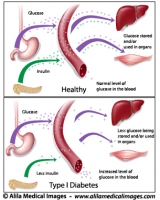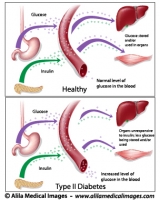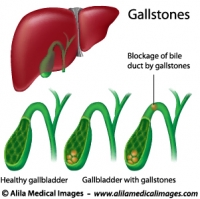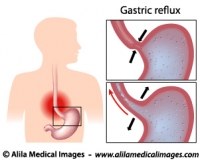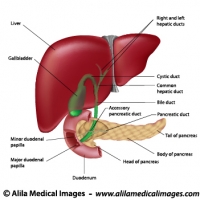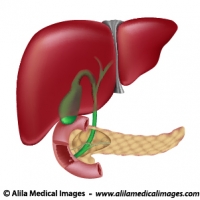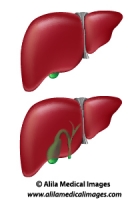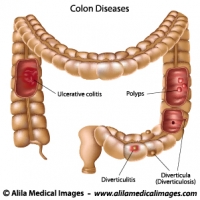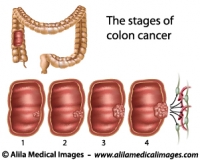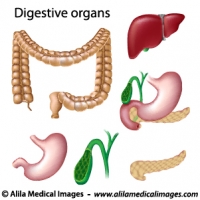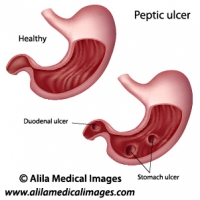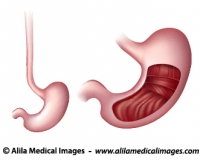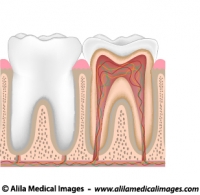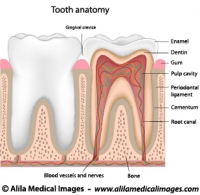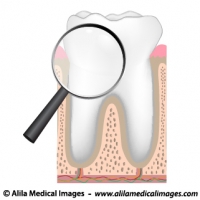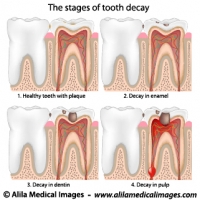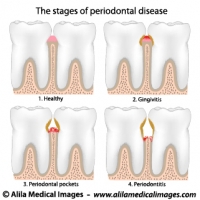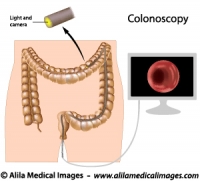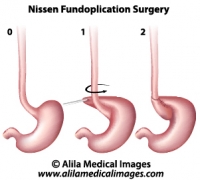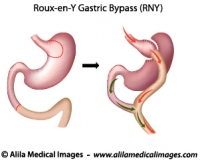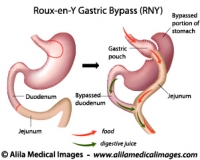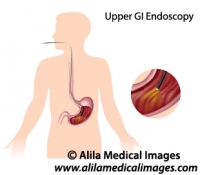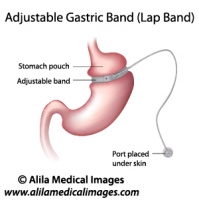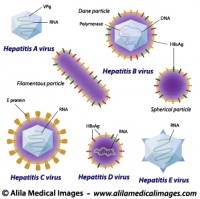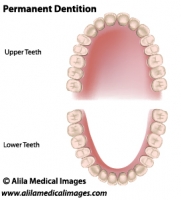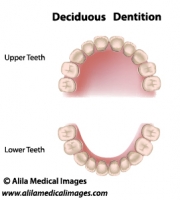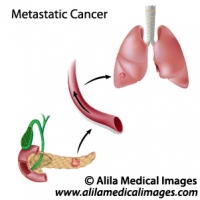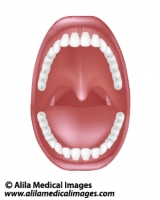Swallowing
Below is a narrated animation about swallowing reflex, phases and overview of neural control. Click here to license this video on Alila Medical Media website.
Swallowing, or deglutition, is the process by which food passes from the mouth, through the pharynx and into the esophagus. As simple as it might seem to healthy people, swallowing is actually a very complex action that requires an extremely precise coordination with breathing since both of these processes share the same entrance: the pharynx. Failure to coordinate would result in choking or pulmonary aspiration. Swallowing involves over twenty muscles of the mouth, throat and esophagus that are controlled by several cortical areas and by the swallowing centers in the brainstem. The brain communicates with the muscles through several cranial nerves.
Swallowing consists of three phases
1. Oral or buccal phase: this is the voluntary part of swallowing, the food is moistened with saliva and chewed, food bolus is formed and the tongue pushes it to the back of the throat (pharynx). This process is under neural control of several areas of cerebral cortex including the motor cortex.
2. Pharyngeal phase starts with stimulation of tactile receptors in the oropharynx by the food bolus. The swallow reflex is initiated and is under involuntary neuromuscular control. The following actions are taken to ensure the passage of food or drink into the esophagus:
– The tongue blocks the oral cavity to prevent going back to the mouth.
– The soft palate blocks entry to the nasal cavity.
– The vocal folds close to protect the airway to the lungs.The larynx is pulled up with the epiglottis flipping over covering the entry to the trachea (the windpipe). This is the most important step since entry of food or drink into the lungs may potentially be life threatening.
– The upper esophageal sphincter (UES) opens to allow passage to the esophagus.
3. Esophageal phase: food bolus is propelled down the esophagus by peristalsis – a wave of muscular contraction that pushes the bolus ahead of it. The larynx moves down back to original position.
Click here to see an animation of the swallowing process on on Alila Medical Media website where the video is also available for licensing.

Fig. 1: Anatomy of swallowing. See text for details of phases. The blue arrows represent breathed air. Click on image to see a larger version on Alila Medical Media website where the image is also available for licensing.
Dysphagia (swallowing disorders)
This video is available for licensing on Alila Medical Media website. Click HERE!
Dysphagia refers to a group of conditions characterized by difficulty swallowing. There are two main classes of problems that can lead to swallowing disorders:
1. Neuromuscular problems:
– Muscular disorders that affect skeletal muscles, such as muscular dystrophy, myasthenia gravis…
– Diseases of the nervous system that compromise the way the brain controls the swallowing reflex, such as stroke, Parkinson’s disease, multiple sclerosis…
– Weakened muscles and/or impaired coordination as a result of aging.
This class commonly affects the first two phases of swallowing.
2. Narrowing of the throat or esophagus due to throat cancer, esophageal cancer and formation of small sacs or rings in the walls of the esophagus. Gastroesophageal reflux disease – GERD – is also a common cause. In GERD, scars resulted from stomach acid injuries may obstruct the esophagus and cause difficulty swallowing.
This class mostly affects the third phase of swallowing.

Fig. 2: Schatzki ring makes the lumen of esophagus smaller. Click on image to see a larger version on Alila Medical Media website where the image is also available for licensing.
For people with dysphagia, eating becomes a challenge. The consequences may be serious. Someone who cannot swallow safely is at high risks of choking, pulmonary aspiration and may not be able to eat enough to stay healthy.
Treatment depends on the cause of the condition:
– Muscle strength and coordination exercises may be recommended for some.
– A change in the position of the head and neck when eating could be beneficial to others.
– Right choice of food and drink is important for most. Soft textured food and thickened drinks are recommended for safe swallowing.
– Surgery may be needed to remove narrowed parts of the esophagus.
– Finally, patients with severe dysphagia and recurrent aspiration may have to resort to tube feeding to get nutrition to the body.













